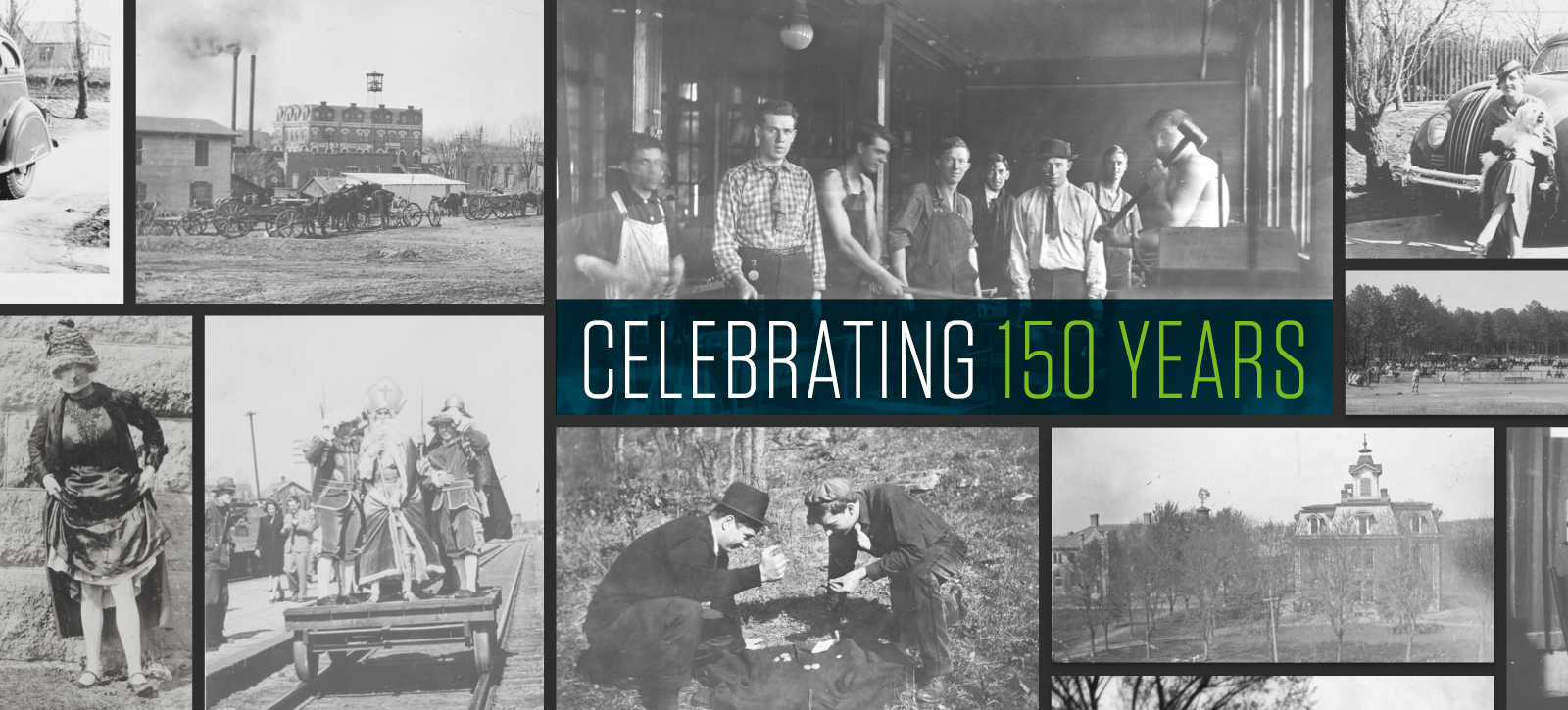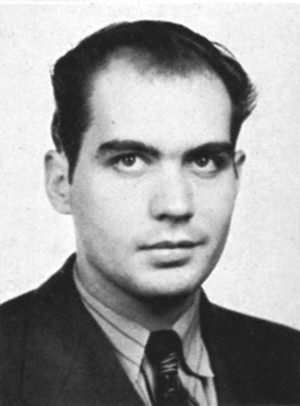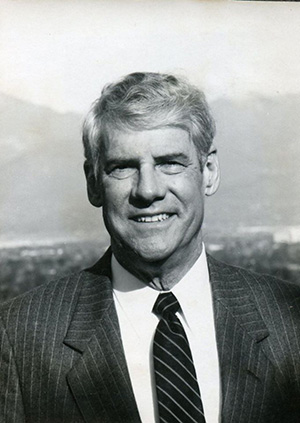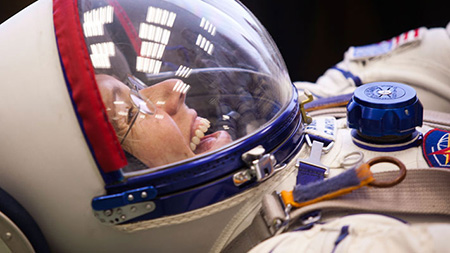Op-ed: For 150 years, innovation has run through Rolla
Posted by news

What began as a mining school 150 years ago has grown into a center for innovative thinking and doing. And that’s something worth celebrating.
The following opinion piece by Missouri S&T Chancellor Mohammad Dehghani has appeared in several media outlets in Missouri, including The Missouri Times, Springfield News-Leader, The Rolla Daily News and Phelps County Focus.
Doppler radar. Mobile payment systems. A GPS in the palm of your hand. We take these types of everyday technologies for granted. But behind each of them was the work of engineers – and if not for one Missouri university known for its engineering programs, these innovations, and many others, may have never occurred.

This month, as my fellow engineers and I celebrate National Engineers Week (Feb. 16 through Feb. 22), we reflect on the world of difference engineers make to improve lives and transform our world. At Missouri University of Science and Technology, we’re also celebrating our 150th birthday starting, fittingly, on the heels of National Engineers Week.
It was 150 years ago, on Feb. 24, 1870, that Missouri Gov. Joseph W. McClurg signed the law that created our institution. The University of Missouri School of Mines and Metallurgy, or MSM as it became known, later became the University of Missouri-Rolla and, in 2008, Missouri S&T.

Much has changed since those early days. After all, we were founded before the advent of electricity, the automobile or indoor plumbing. What has remained constant, however, is an emphasis on innovation. Like other land-grant colleges, our mission was to prepare men and women to advance a nation recovering from the ravages of the Civil War. Today, we remain committed to nurturing the minds of the world’s most curious and talented students, as together we address the issues artificial intelligence, biotechnology and cyber-physical systems bring, even as they promise to deliver new solutions to global challenges.
The words of one early MSM graduate still ring true today. Lee R. Grabill, of the class of 1878, said our university prepared students to “work not only with their heads, but with their hands” and who “delight to unravel the mysteries and solve the problems which nature lays before us.”

This is what makes S&T special. It is this perspective that leads our students to design solar-powered homes, next-generation electric cars and robots to traverse Martian terrain. It is that spark of curiosity that spurs our faculty to transform glass into treatments for cancer or hard-to-heal wounds. It is what led our graduates to conceptualize the first electric vehicles, envision the interstate highway system, find the site of the Apollo moon landing and develop Doppler radar.
What began as a mining school 150 years ago has grown into a center for innovative thinking and doing. And that’s something worth celebrating.
Leave a Reply